It’s not just a piece of paper. It’s not merely a formality. The massage intake form is an important client-relationship tool. Use it well, and you foster client retention. Use it poorly, and your practice could suffer.
Are you using your massage intake forms correctly? Let’s look at how you can get the most from your massage intake form and keep it HIPAA-friendly.
Use it to make a first impression
Making the right first impression is key to getting your new clients to become regular clients. When they come in, don’t shove a tablet or clipboard in their hands. Welcome them to your practice, introduce yourself, and ask what they prefer to be called. If possible, offer them a drink and have them sit down. Then you can ask them to complete your intake form.
The massage intake form is a crucial part of your overall client-communication strategy, according to the American Massage Therapy Association (AMTA). A form that’s hard to read, frustrating to fill out, or full of typos will create a negative first impression. Instead, you want a professional form that shows you’re trustworthy and organized.
Use it as a conversation starter
In a piece for Massage Magazine, Taya Countryman, LMP (Massage Therapy Hall of Fame inductee) says she always leaves space for her own notes; it helps her be an engaged listener. If you take this approach, make sure to review the responses with your clients, ask questions, and clarify any ambiguous responses.
Walking new clients through the form also allows you to ask relevant follow-up questions and gives the client a chance to explain their particular needs. To accomplish this, many massage therapists ask clients to fill out the form at home. This lets you use the time they would have spent filling out the form having a conversation.
Use it as a marketing tool
Intake forms are a good place to capture email addresses. This will allow you to send clients newsletters and special offers.
You can also use the information in the form to customize your marketing. For example, you can segment your client base and send the offers most appropriate to each group (e.g., seniors, students, mothers, etc.). Or you can use client information to populate an internal database or CRM.
Pair it with informed consent
Most practices give patients their intake and informed consent forms at the same time. This helps you be more efficient and ensures you get informed consent up front.
The AMTA identifies several areas an informed consent form should cover:
- A description of your approach to massage
- Benefits, limitations, and contraindications of massage
- A brief explanation of what to expect, including duration, any special techniques, and the process of undressing and draping
- Your credentials and areas of expertise (and what you can and can’t do based on those credentials)
- Fees, including any for cancellations and late arrivals
- Insurance information, if applicable
- Confidentiality and privacy statement
Speaking of privacy…
Make your massage intake form HIPAA-friendly
Is your massage intake form HIPAA-friendly? HIPAA was enacted to protect the confidentiality of an individual’s health information.
Three types of entities are explicitly covered by HIPAA’s privacy and security rules: health plans, certain healthcare providers, and healthcare clearinghouses. Learn more about what HIPAA compliance is here.
Because they don’t fall into one of these groups, many massage therapists think they aren’t affected by the law. As a result, they may keep their forms on an unsecured computer or even in a file cabinet.
That’s a mistake. You are putting your clients’ data at risk. And you may be violating HIPAA. Even if you aren’t explicitly covered, you may fall under HIPAA’s rules.
Back in 2014, HIPAA changed dramatically. If a healthcare provider or organization is required to be HIPAA-friendly, anyone they share information with must also be HIPAA-friendly. These entities are referred to as “business associates.” If you accept insurance or receive referrals from physicians or hospitals, you could be considered a business associate.
What does that have to do with forms? It means your intake form needs to be HIPAA-friendly, and that has an impact, among other things, on how you store the forms.
You don’t risk your client’s health: The information on the intake form ensures you provide precisely the type of treatment they need. Don’t risk their privacy either. Learn more about HIPAA-friendly forms.



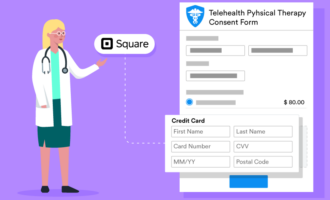
















































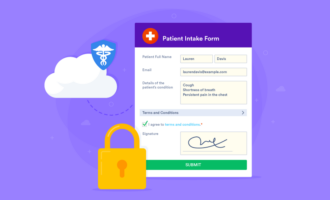






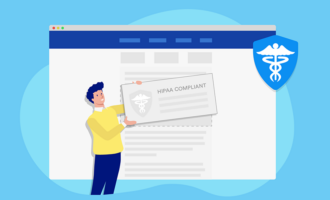


























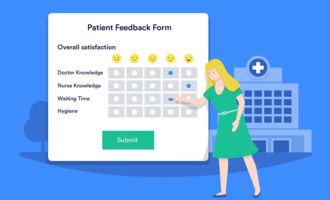


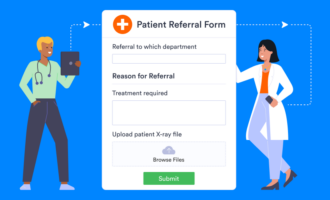



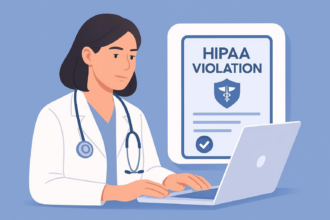








Send Comment: